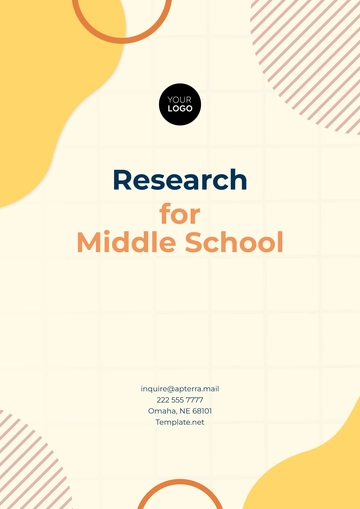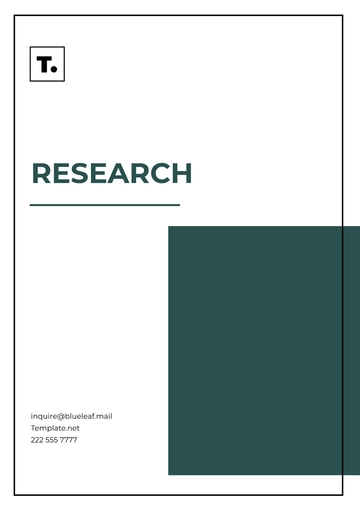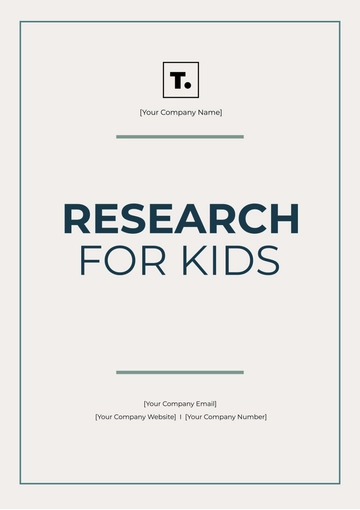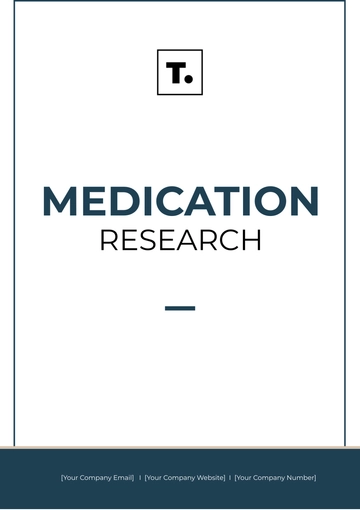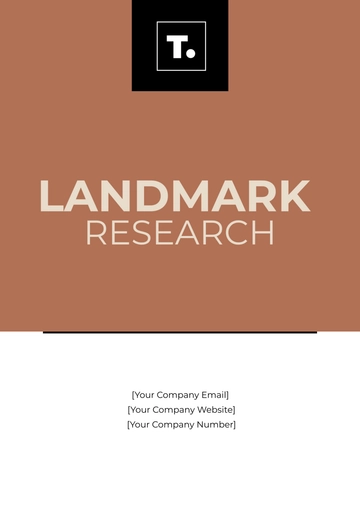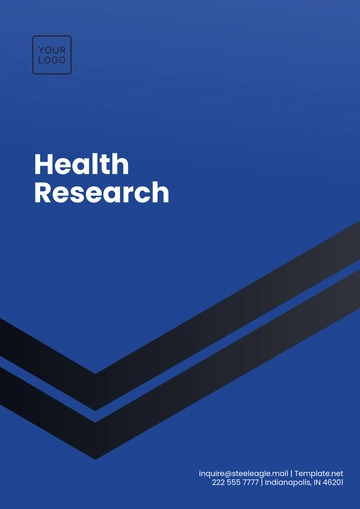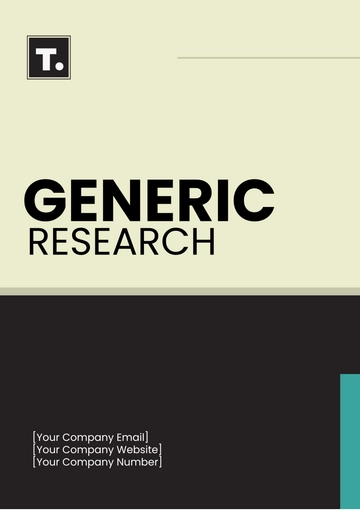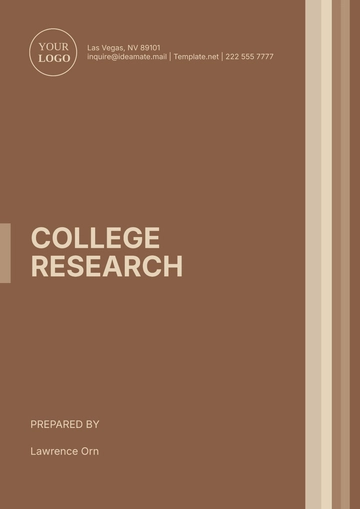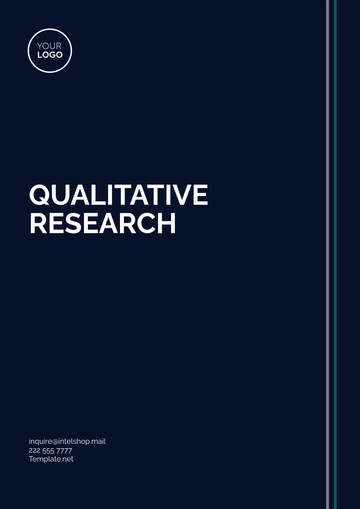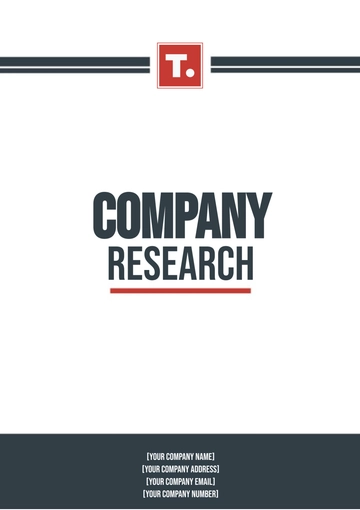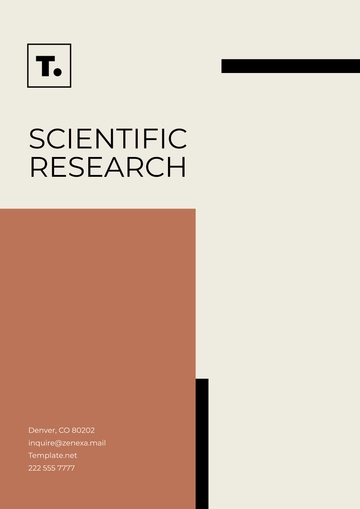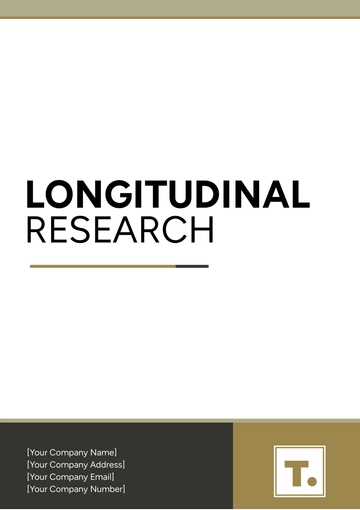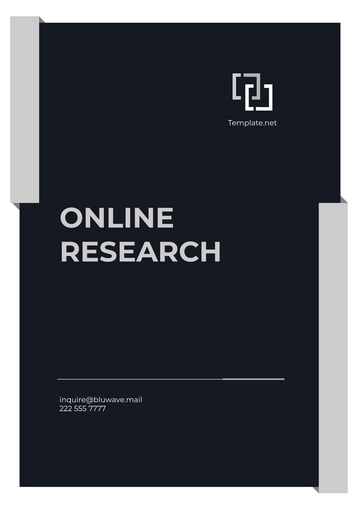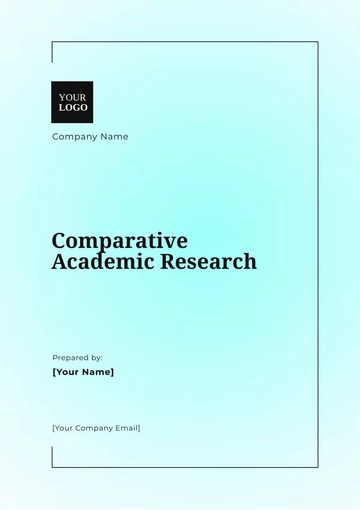Free Nursing Home Research on Resident Fall Prevention
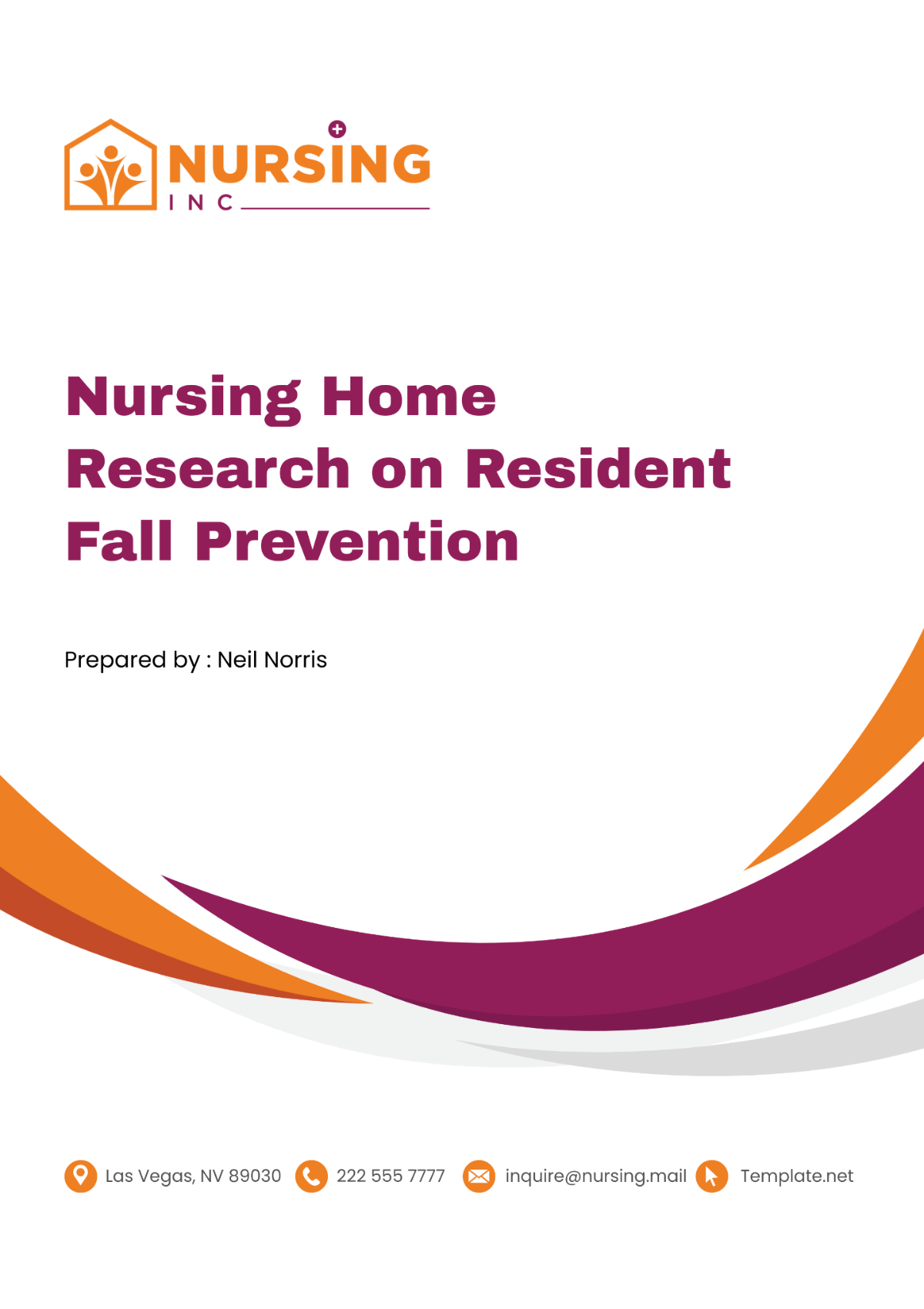
EXECUTIVE SUMMARY
This research document presents a comprehensive analysis aimed at preventing falls among nursing home residents, a critical issue impacting the elderly's safety and quality of life. Conducted by [Your Company Name], this study combines quantitative and qualitative research methods to identify fall risk factors, evaluate current prevention strategies, and propose effective interventions. By improving our understanding and management of fall risks, [Your Company Name] aims to enhance resident safety, reduce healthcare costs, and promote a higher standard of care within our facilities.
I. Introduction
A. Background Information
Falls among nursing home residents are a significant health concern, leading to injuries, decreased quality of life, and high healthcare costs. With an aging population, the incidence of falls in these settings is increasingly problematic, necessitating effective prevention strategies.
B. Problem Statement
Despite ongoing efforts, falls remain common in nursing homes, indicating the need for more effective and innovative prevention methods.
C. Research Objectives
Identify the predominant causes of falls within [Your Company Name]'s nursing homes.
Assess the effectiveness of our current fall prevention measures.
Propose and evaluate new interventions to reduce the incidence of falls.
D. Significance of the Study
This study's findings will inform policy and operational changes aimed at minimizing fall risks, potentially leading to better health outcomes for residents and reduced financial burdens from fall-related injuries.
II. Literature Review
A. Factors Contributing to Falls
Environmental Hazards: Unsecured rugs, poor lighting, and cluttered walkways.
Physical Health: Weakness, balance problems, and chronic conditions.
Medications: Side effects impacting balance or cognition.
Cognitive Impairments: Dementia-related disorientation.
B. Current Fall Prevention Strategies
Environmental Modifications: Implementation of grab bars, and improved lighting.
Therapy Programs: Tailored physical therapy for strength and balance.
Staff Training: Focus on fall risk awareness and emergency protocols.
Assistive Devices: Use of walkers, canes, and wheelchairs.
C. Gaps in Existing Research
There exists limited data on the long-term efficacy of multifaceted interventions. Additionally, there is a lack of information regarding the role that technology plays in the prevention of falls.
III. Methodology
A. Research Design
A mixed-methods approach will provide a comprehensive understanding of fall prevention.
B. Setting and Participants
A random sampling of 5 [Your Company Name] nursing homes and 200 residents, stratified by age, mobility, and cognitive status.
C. Data Collection Methods
Surveys: Resident and staff perceptions of fall risks and prevention strategies.
Interviews: Detailed insights from staff on challenges and potential improvements.
Observations: Environmental risk assessments.
Incident Reports: Analysis of past fall events.
D. Data Analysis
The data is thoroughly analyzed in two distinctive ways depending on its nature. For data that is quantitative or numerical, statistical analysis is used to identify trends, patterns, or relationships. On the other hand, the qualitative data, which includes insights or subjective experiences, is analyzed thematically to identify underlying themes or concepts.
IV. Results
Presenting the findings from the research conducted across selected nursing homes affiliated with [Your Company Name]. The data illustrate key risk factors contributing to falls and evaluate the perceived effectiveness of existing prevention strategies by both staff and residents.
Table 1: Major Fall Risk Factors Identified
Risk Factor | Percentage of Incidents |
|---|---|
Environmental Hazards | 40% |
Mobility Issues | 30% |
Medication Side Effects | 20% |
Cognitive Impairments | 10% |
This categorizes the primary factors that contribute to falls within the nursing homes. Environmental hazards emerge as the leading cause, accounting for 40% of incidents, highlighting issues such as poor lighting, clutter, and unsafe furniture arrangements. Mobility issues, including muscle weakness and balance problems, are also significant, followed by medication side effects and cognitive impairments. This data underscores the multifaceted nature of fall risks, suggesting that a comprehensive approach to fall prevention is necessary.
Table 2: Effectiveness of Current Prevention Measures
Strategy | Staff Rating | Resident Rating |
|---|---|---|
Environmental Mods | High | Moderate |
Therapy Programs | Moderate | High |
Staff Training | High | Low |
Assistive Devices | Moderate | High |
This table evaluates the effectiveness of current fall prevention strategies as perceived by staff and residents. Both groups rate environmental modifications and therapy programs highly, though with varying emphasis. Staff believe in the effectiveness of their training, but this confidence is not fully shared by the residents, who rate assistive devices and therapy programs as more beneficial. This discrepancy points to the importance of involving residents in the evaluation and adaptation of fall prevention strategies to ensure they meet their needs and preferences effectively.
V. Discussion
The findings from this study illuminate the complexities of fall prevention in nursing homes, highlighting several key areas for improvement and innovation within [Your Company Name]'s facilities.
A. Interpretation of Results
The data reveal that environmental hazards are the most prevalent risk for falls, which suggests that despite existing protocols, there is a gap in effectively managing these risks. Mobility issues and the side effects of medications also contribute significantly, indicating a need for personalized care plans. The discrepancy in staff and resident ratings of current prevention measures underscores the necessity for a more resident-centered approach in designing and implementing these strategies.
Environmental modifications and staff training, while highly rated by staff, received mixed reviews from residents. This disparity could reflect a lack of awareness among residents about the purpose and benefit of certain modifications or perhaps a need for more direct engagement with residents in their implementation. It also suggests that training programs for staff might need to include components on effective communication with residents about fall prevention measures.
B. Implications for Nursing Home Policies and Practices
Environmental Safety: Regular, comprehensive audits of the physical environment in each facility are crucial. These audits should be conducted with a multidisciplinary team, including staff from various departments and, if possible, input from residents to ensure that modifications meet their needs and preferences.
Customized Resident Care Plans: Developing and implementing personalized care plans can address the unique risk factors each resident faces. These plans should consider the resident's physical condition, medication regimen, and cognitive status, adjusting fall prevention strategies to accommodate these factors.
Staff Training Enhancements: Training programs need to be dynamic, incorporating the latest best practices in fall prevention and tailored to address the specific challenges identified in this research. Including modules on effective resident communication and engagement strategies could bridge the gap between staff perceptions and resident experiences.
Technology and Innovation: Exploring new technologies such as wearable devices for monitoring residents' movements and AI-driven analytics to predict fall risks could offer breakthroughs in preventing falls.
VI. Conclusion and Recommendations
A. Summary of Findings
This research has identified critical areas for improvement in fall prevention strategies within [Your Company Name]'s nursing homes. By focusing on environmental hazards, mobility issues, medication side effects, and cognitive impairments, and recognizing the value of both staff and resident perspectives, [Your Company Name] can enhance its fall prevention efforts.
B. Proposed Interventions for Fall Prevention
Implement Smart Flooring Solutions: Invest in smart flooring that can cushion falls and detect unusual movements, alerting staff to potential incidents.
Develop a Resident Ambassador Program: Establish a group of resident ambassadors who can provide peer-to-peer education on fall prevention, making the efforts more relatable and personalized.
Integrate Comprehensive Health Assessments: Regularly assess residents' health to tailor fall prevention strategies effectively. This includes reviewing medications with healthcare providers to minimize side effects related to falls.
Adopt Advanced Monitoring Technologies: Use sensor technology and wearable devices to monitor residents' health and mobility, providing real-time data to staff for immediate intervention when necessary.
C. Future Research Directions
Further studies should investigate the long-term impact of these interventions and explore the integration of innovative technologies in fall prevention. Additionally, research focusing on the psychological impacts of falls and fall prevention strategies on nursing home residents could provide insights into improving resident engagement and satisfaction with these programs.
- 100% Customizable, free editor
- Access 1 Million+ Templates, photo’s & graphics
- Download or share as a template
- Click and replace photos, graphics, text, backgrounds
- Resize, crop, AI write & more
- Access advanced editor
Advance safety research with Template.net's Nursing Home Research on Resident Fall Prevention Template. Specifically designed for fall prevention studies, this template is fully customizable and editable via our Ai Editor Tool. Facilitate comprehensive research, develop effective strategies, and enhance resident safety. An essential tool for reducing fall risks, exclusively available at Template.net.
